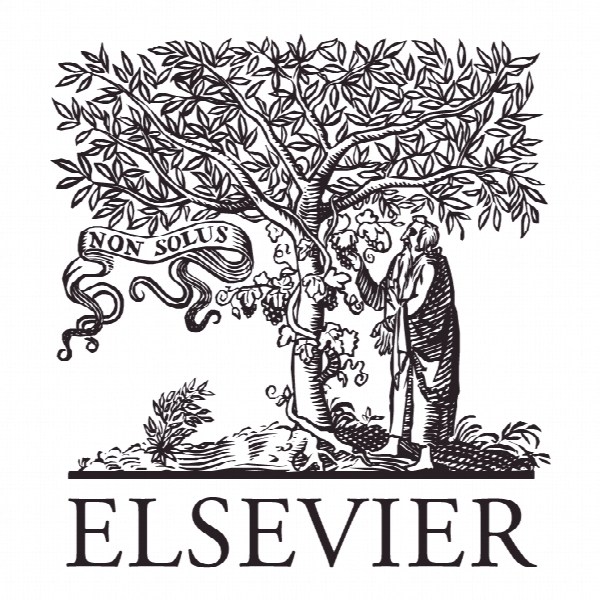استراتژی ارتقاء لرزه نگاری غیر تهاجمی برای بار ثقلی اتصالات تیر ستون خارجی طراحی شده Novel non-invasive seismic upgradation strategies for gravity load designed exterior beam-column joints
- نوع فایل : کتاب
- زبان : انگلیسی
- ناشر : Elsevier
- چاپ و سال / کشور: 2018
توضیحات
رشته های مرتبط مهندسی عمران
گرایش های مرتبط سازه
مجله آرشیو مهندسی عمران و مکانیک – Archives of Civil and Mechanical Engineering
دانشگاه CSIR-Structural Engineering Research Centre – Tamil Nadu – India
منتشر شده در نشریه الزویر
کلمات کلیدی انگلیسی Beam-column joint, Upgradation, Energy dissipation, Strength degradation, Reverse cyclic
گرایش های مرتبط سازه
مجله آرشیو مهندسی عمران و مکانیک – Archives of Civil and Mechanical Engineering
دانشگاه CSIR-Structural Engineering Research Centre – Tamil Nadu – India
منتشر شده در نشریه الزویر
کلمات کلیدی انگلیسی Beam-column joint, Upgradation, Energy dissipation, Strength degradation, Reverse cyclic
Description
1. Introduction Prior to the introduction of modern seismic codes, the structures were designed to cater for gravity loads, i.e. the self-weight of the structural components and possible imposed vertical load acting on the structure. Hence, structural components of GLD structures do not have adequate reinforcement to cater for the seismic forces. Further, joints of GLD buildings lack confinement, transverse reinforcement and hence possess inadequate shear resistance. Insufficient anchorage of the beam bottom reinforcement of GLD frames leads to the anchorage failure or brittle bond failure under seismic loading, leading to huge strength degradation. Particularly, exterior joints of GLD building are more vulnerable and critical as they do not possess a robust force transfer mechanism. Hence, seismic upgradation of beam-column subassemblages of GLD buildings has to be addressed immediately to prevent collapse of the existing GLD buildings under seismic excitations. Plenty of studies were reported in the literature on upgradation/retrofitting of non-seismically designed beamcolumn sub-assemblages using jacketing, near surface mounting technique, fibre reinforced polymer (FRP) wrapping, haunch retrofitting, joint enlargement, etc. Seismic retro- fitting/upgradation using jacketing is a decade old method. Upgradation or retrofitting of beam-column joints was carried out by reinforced concrete jacketing [1,2], steel jacketing [3,4], high performance fibre reinforced concrete jacketing [5–7], hybrid jacketing i.e. combination retrofit strategies with jacketing [8,9]. Seismic retrofit/upgradation using fibre reinforced polymer wrapping or anchoring or the combination of the both was proved as an effective technique by El-Amoury and Ghobarah [10], Prota et al. [11], Akguzel and Pampanin [12], Sezen [13], and Realfonzo et al. [14]. Furthermore, Vecchio et al. [15] proposed a new strength capacity model to predict the increase in strength provided by FRP systems in the seismic retrofit of poorly detailed corner joints. The accuracy of the proposed model was assessed by comparing the predicted results of the model with large database of experimental tests. Near surface mounting technique is frequently complemented with the FRP retrofit schemes for the effective retrofitting of the parent member. Prota et al. [11] upgraded under-designed interior beam-column joints by combined use of externally bonded fibre-reinforced polymer (FRP) laminates and near surface-mounted (NSM) FRP bars. The upgradation scheme involves different combinations of FRP laminates around column/beam with or without NSM bars.


